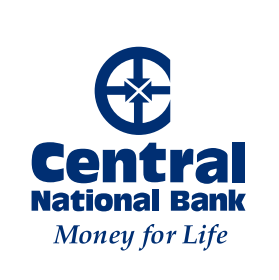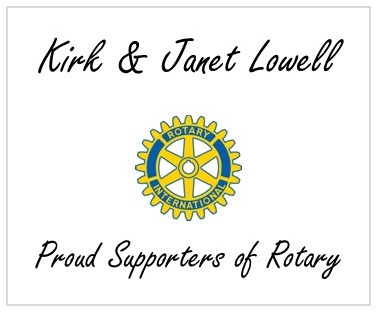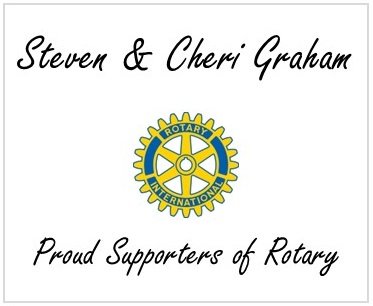 By Wendy Coulson, Rotary Peace Center at Chulalongkorn University, Class of 2015
By Wendy Coulson, Rotary Peace Center at Chulalongkorn University, Class of 2015
We talked a lot during our first two weeks at the Rotary Peace Center at Chulalongkorn University about connectors and dividers — what brings people or groups together and what drives them apart — in conflict situations.
As soon as our class of Rotary Peace Fellows arrived, we looked for ways to connect with each other. In fact, our tallest classmate found many of us on Facebook and began friendships and organizing workshops even before we arrived. We were so keen to meet each other that we threw open our doors to see who had arrived and threw open our arms to greet those we had only known virtually.
When you look at conflict situations around the world, dividers are typically differences in religion, language, ethnic group identity, or over resources. Our class has all of these as potential dividers, but they are used as connectors here. We connect through talking about sports, food, the arts, and celebrations. We also connect by talking about each other’s culture, families and places we’ve traveled, and things we celebrate. We put business cards on our doors, leave them open, send messages, hang out and play in the hallways signaling to each other our desire to connect. So far, I do not see any dividers on the horizon.
Do we behave this way just because it is our job to connect as peace builders and Rotary Peace Fellows? I don’t think so. I believe that it is our human nature, and, in the case of the Rotary Peace Fellows, also our calling.
During our class work on conflict assessment, it was clear that we were all looking for long-term sustainable solutions. There are teachers, restorative justice and traditional mediators, and police officers among us. It occurred to me that it mattered who was sitting around the peace building table. If teachers were not present, would anyone have thought of education as a solution for peace? Had there not been mediators, would we just create more violence and economic burden for already devastated economies? If our resident nutritionist were absent, would the donated, stored, and processed food be enough for the children, elderly, and infirm? If we saw peace as only part of our jobs, would we care so much about the outcome?
For me, teaching is connecting. If you have ever had a passionate, caring teacher in your life, you know the power that this can have on a child and in relatively little time. Imagine if every teacher were a peace educator! As a curriculum developer for a children’s peace studies organization and a long-time educator, I know that every subject can be taught through the lens of peace.
Many of us Rotary Peace Fellows are the main bridges, or connectors, of peace in our communities through the various agencies or projects we work with. In working on a particular class assignment, I realized the large communication gap in my community between the ex-pat community that mostly does not speak Spanish and the local Mexican community that does not speak English. There is also quite a large economic gap between them. The chief obstacle is their isolation from each other. I realized that I could be a connector through a peace education program I am hoping to bring to the community.
The Rotary Peace Center in Bangkok is the chief connector for our class. Together we are creating our own super-culture of peace during these three months. We are connected to each other forever by this experience, to the center in Bangkok, to Rotary, and to our communities.












